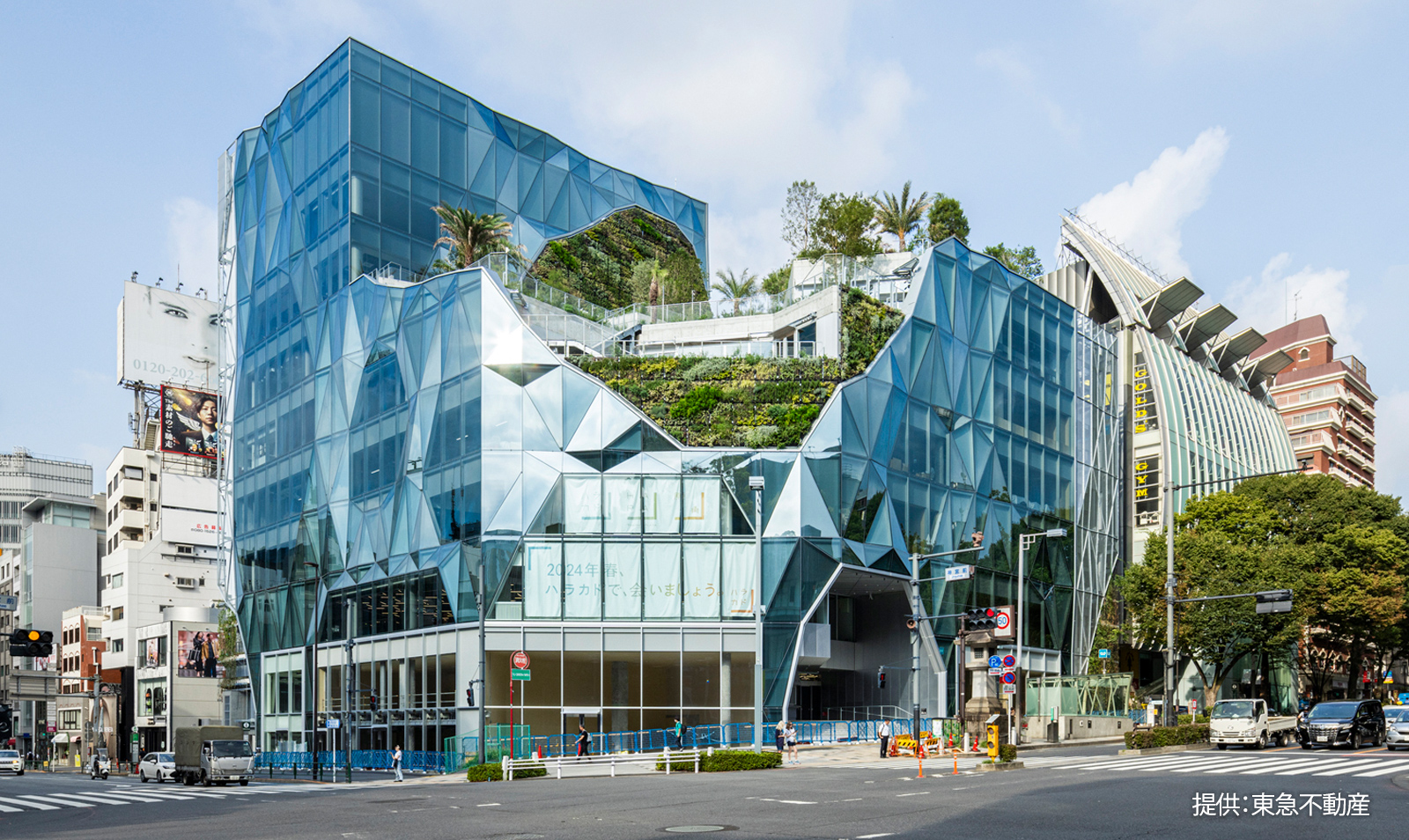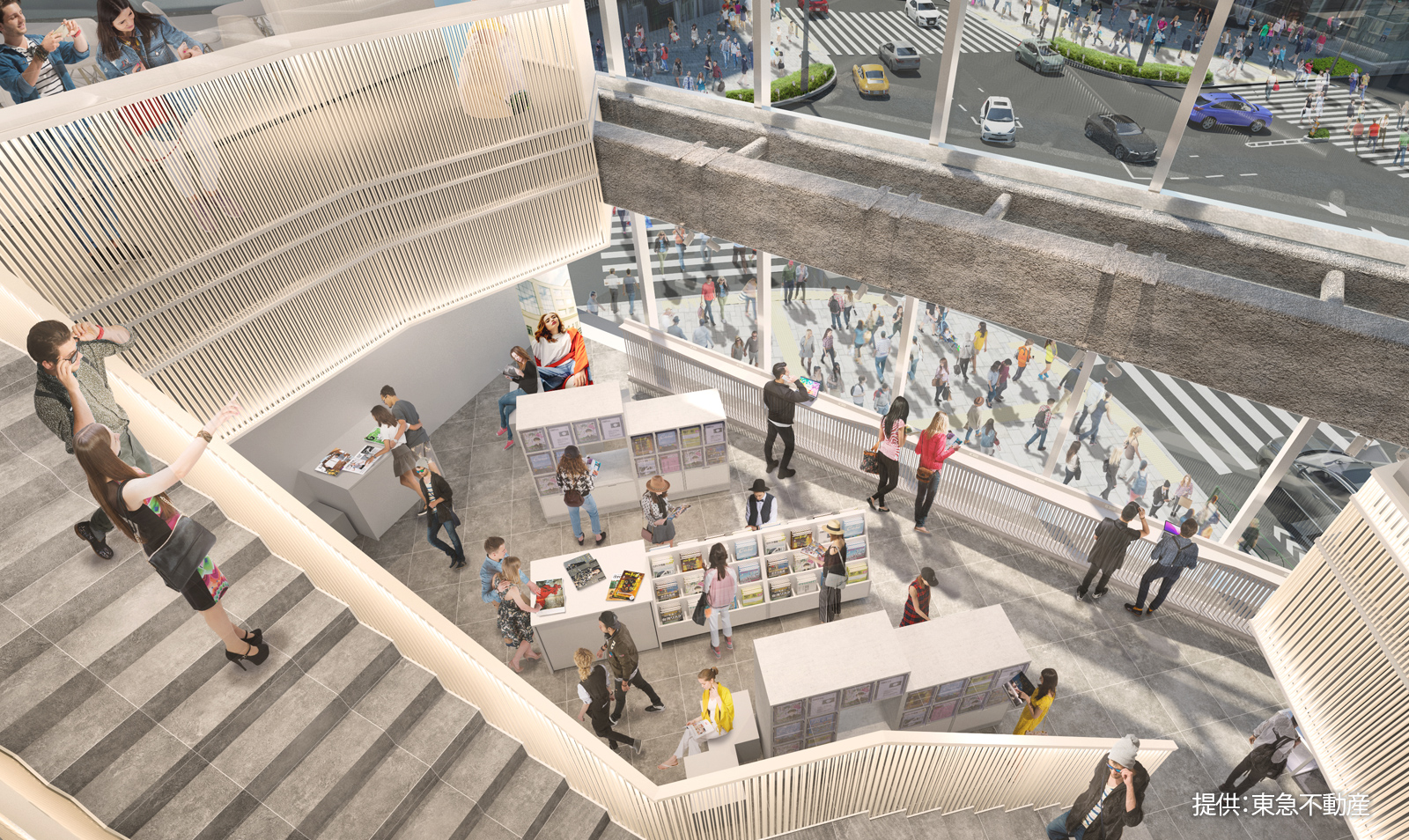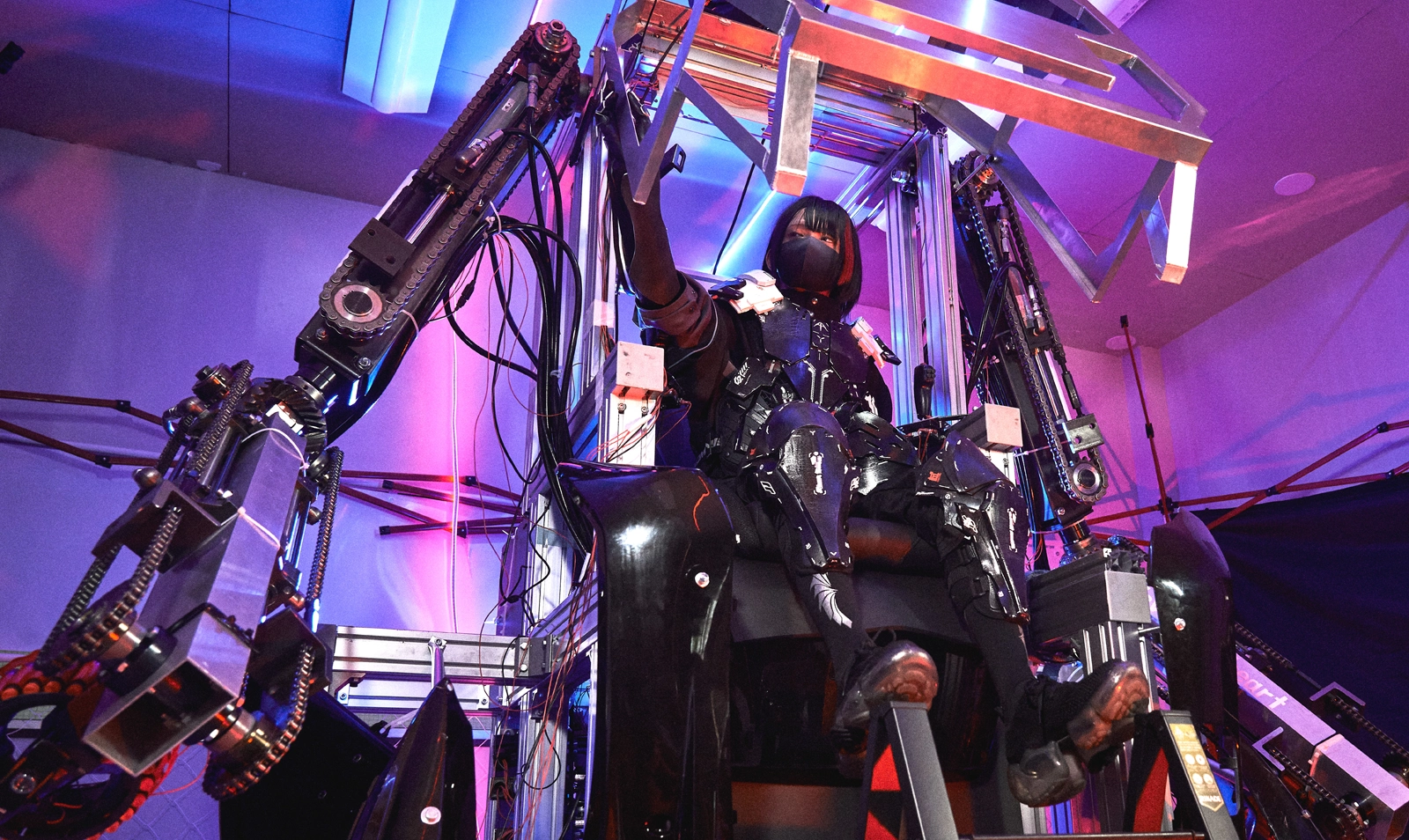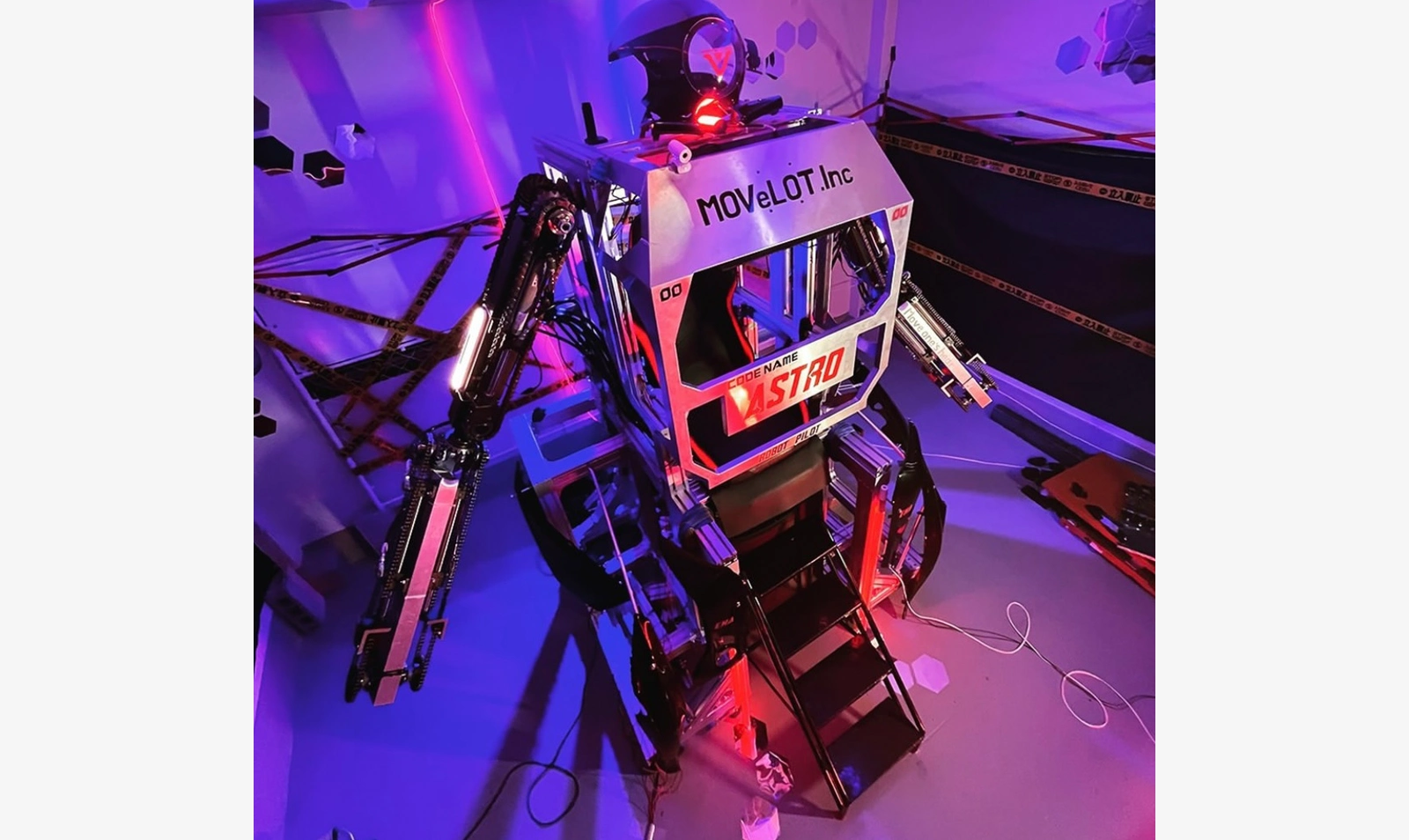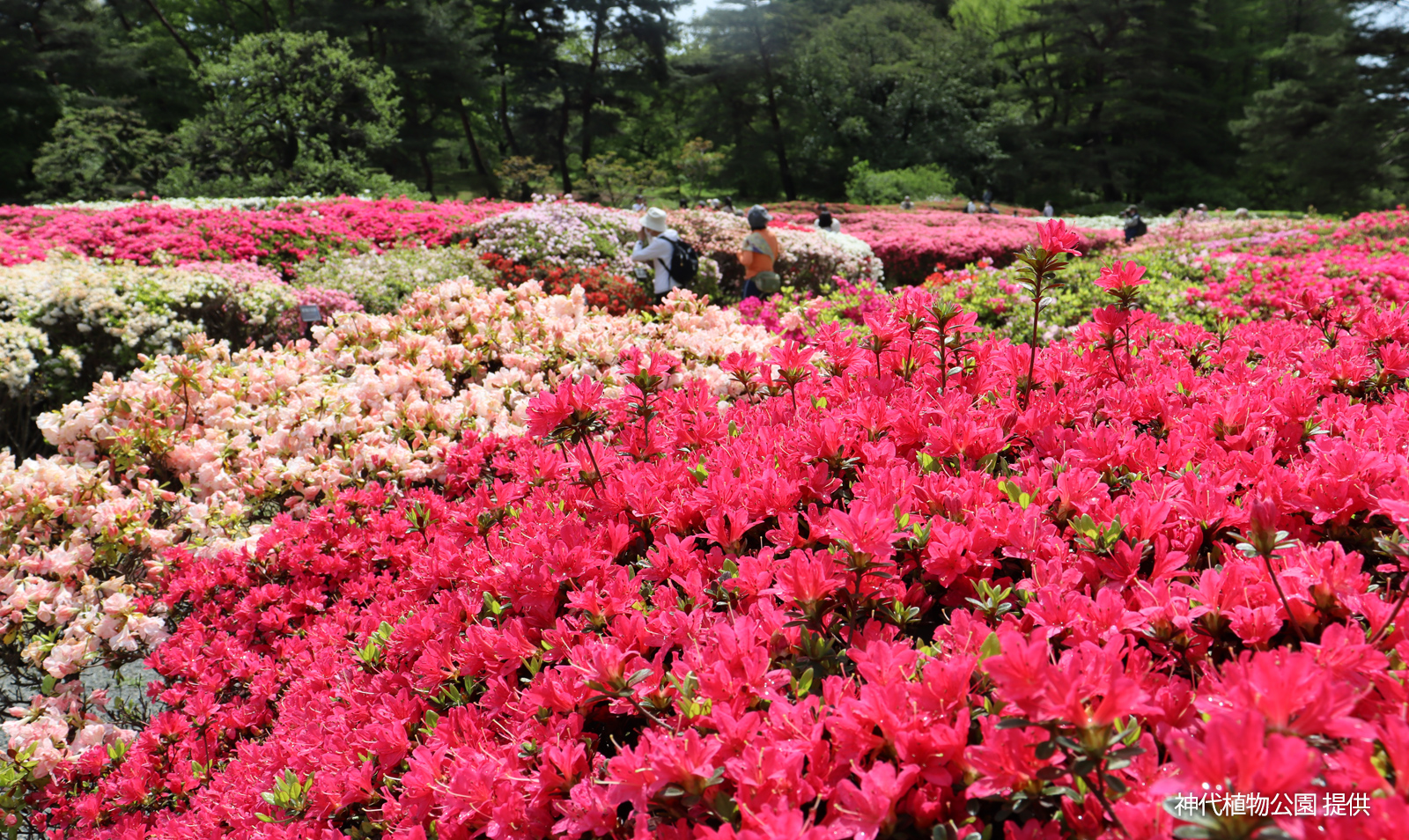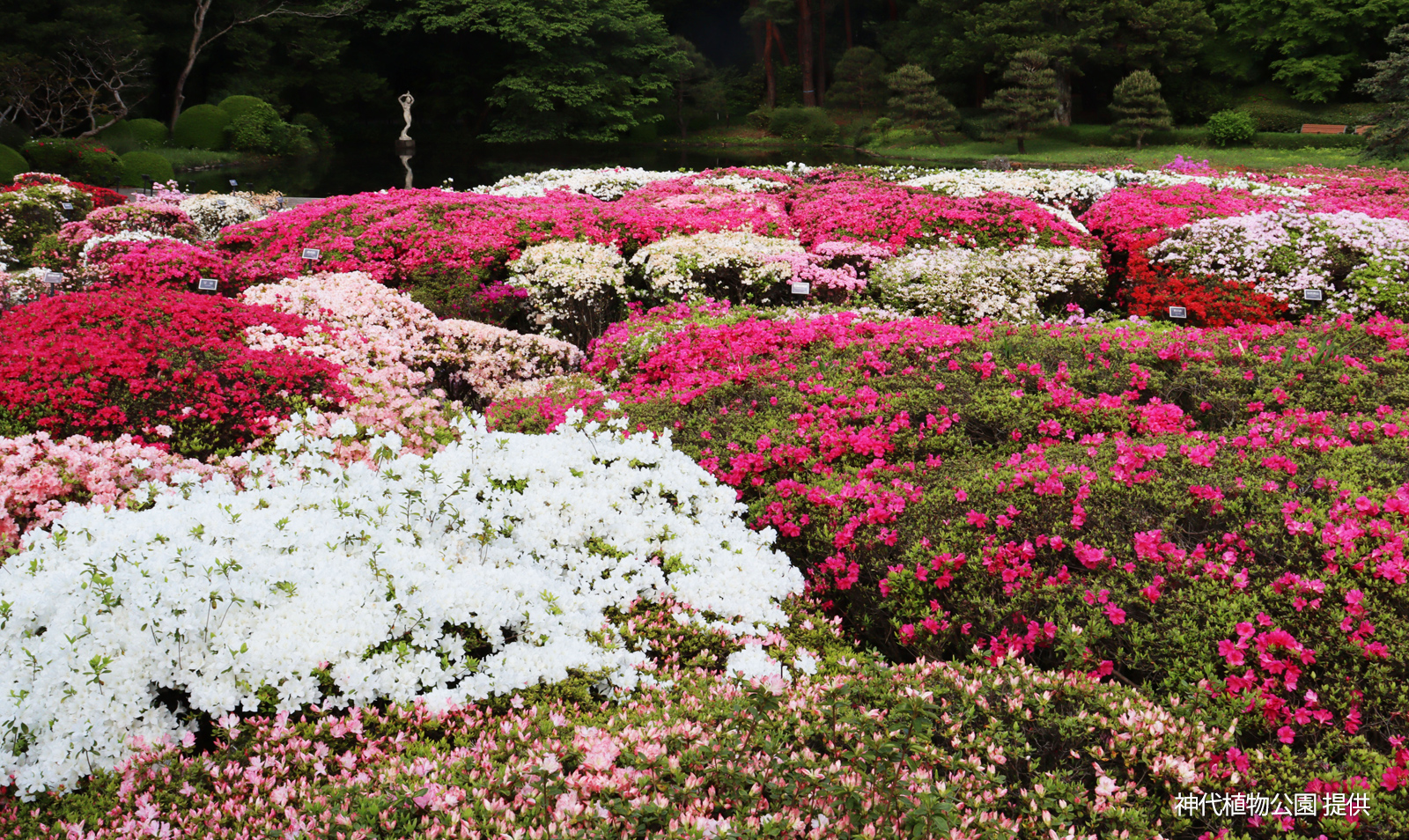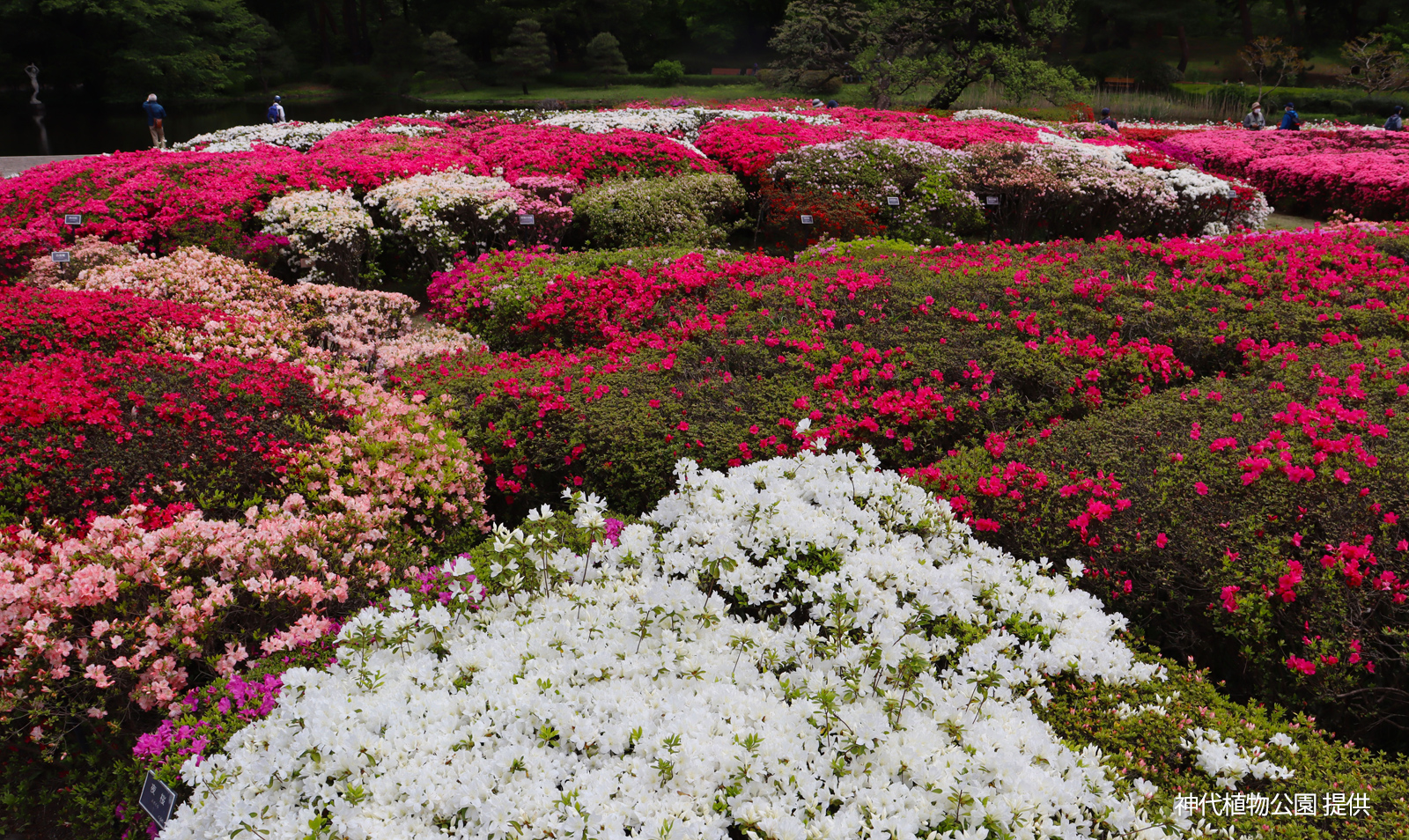Special Feature:
A slow, relaxed walk in Tokyo's retro towns
enticed by famous foods
Subscribe
Download

Harakado opens! A new base of culture in Harajuku
April 17, 2024 Harajuku Facility
A new Ginza hotel opens with direct access to Haneda and Narita airports
May 30, 2024 Ginza Accommodation
Place to become a robot pilot
All year round Ryogoku Facility
Tokyo’s most amazing azaleas
Early to late April 2024 North Tama Area FacilityA slow, relaxed walk in Tokyo's retro towns enticed by famous foods
There is a side to Tokyo that is lined with skyscrapers, continuously pushing ahead. But one of the city’s great attractions is a different side, where we can feel the echoes of history, and the breath of people's daily lives and culture. Come with us on a deep dive into the famous tasty local food treats found in Tokyo’s shitamachi (retro neighborhoods). Taste and compare, snack on a stroll, and experience the unique flavor of each town.
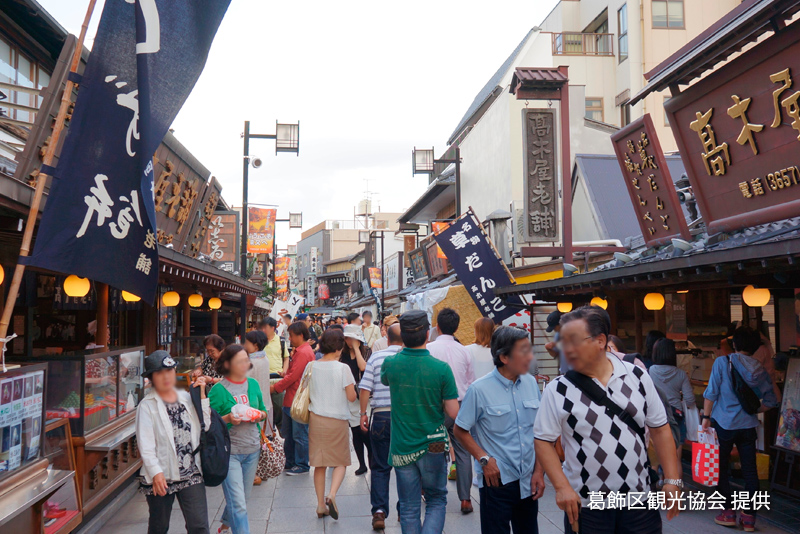
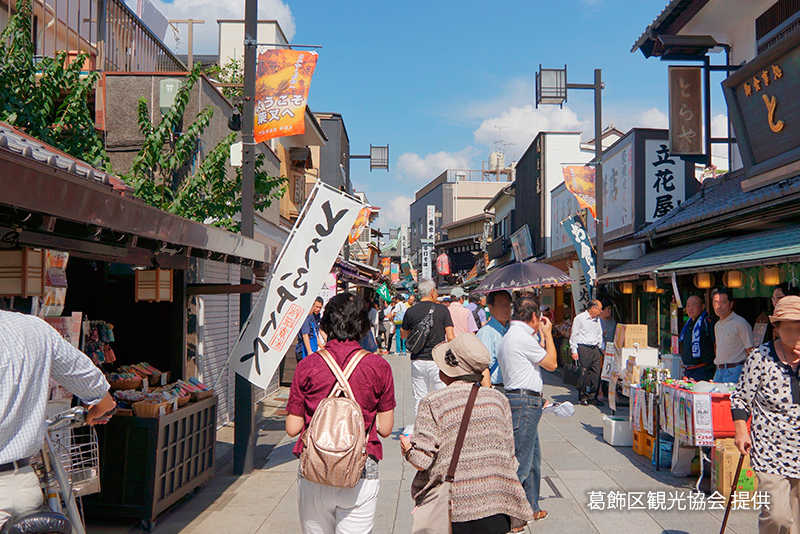
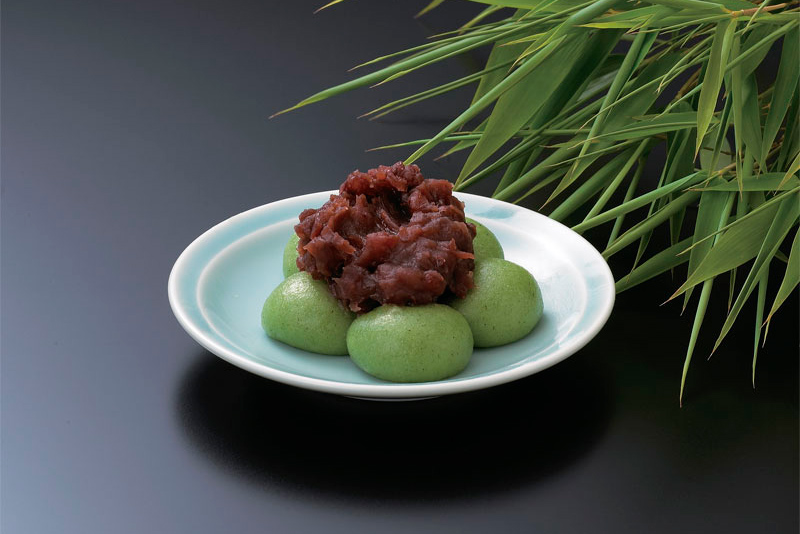 On the banks of the Edogawa River that runs between Tokyo and Chiba Prefecture, Shibamata developed as a town around the four centuries-old temple, Shibamata Taishakuten. Selected as a Nationally Important Cultural Landscape, the elegant, the historic townscape featuring the 200 m-long cobblestone street that forms the approach to the temple still carries the distinct air of the Meiji and Taisho eras (late 19th to early 20th century). The area also became famous as the setting for Japan's iconic film series, “Otoko wa Tsurai yo” (English title: “It’s Tough Being a Man”). Shibamata's signature treat is “kusa dango” (mugwort-flavored rice dumpling). In the film, the family home of the movie’s main character, Torajiro Kuruma, also runs a “dango” shop, and many fans still visit the shop here that served as the model. The refreshing flavor of mugwort kneaded into the dango matched with the sweetness of red bean paste carries a twinge of nostalgia.
On the banks of the Edogawa River that runs between Tokyo and Chiba Prefecture, Shibamata developed as a town around the four centuries-old temple, Shibamata Taishakuten. Selected as a Nationally Important Cultural Landscape, the elegant, the historic townscape featuring the 200 m-long cobblestone street that forms the approach to the temple still carries the distinct air of the Meiji and Taisho eras (late 19th to early 20th century). The area also became famous as the setting for Japan's iconic film series, “Otoko wa Tsurai yo” (English title: “It’s Tough Being a Man”). Shibamata's signature treat is “kusa dango” (mugwort-flavored rice dumpling). In the film, the family home of the movie’s main character, Torajiro Kuruma, also runs a “dango” shop, and many fans still visit the shop here that served as the model. The refreshing flavor of mugwort kneaded into the dango matched with the sweetness of red bean paste carries a twinge of nostalgia.
Near Taishakuten is the mansion and garden called "Yamamoto-tei" built about 100 years ago. Enjoy a cup of matcha in this building designed with a fusion of traditional Japanese and Western architecture, open to the public. Frequently ranked as one of the best gardens by the American magazine of Japanese gardens “Sukiya Living: The Journal of Japanese Gardening,” the sculpted landscape here is sublime.
Katsushika Tourism Association official web site (Japanese site only)
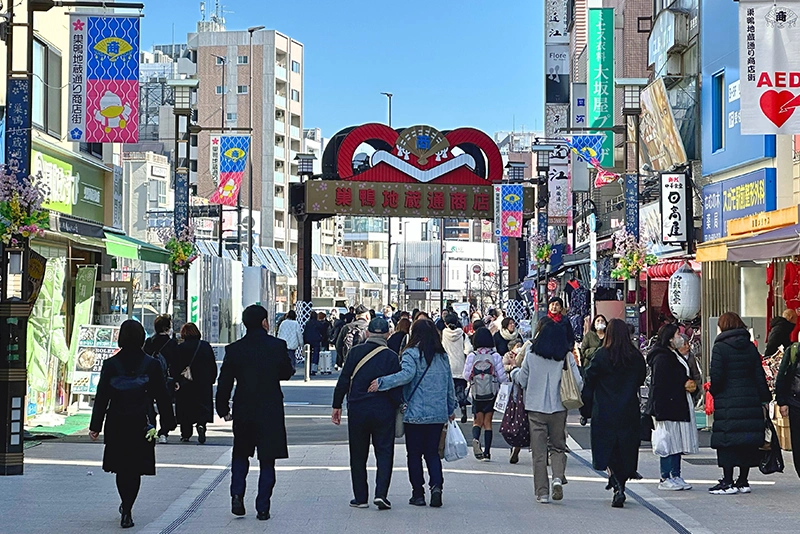

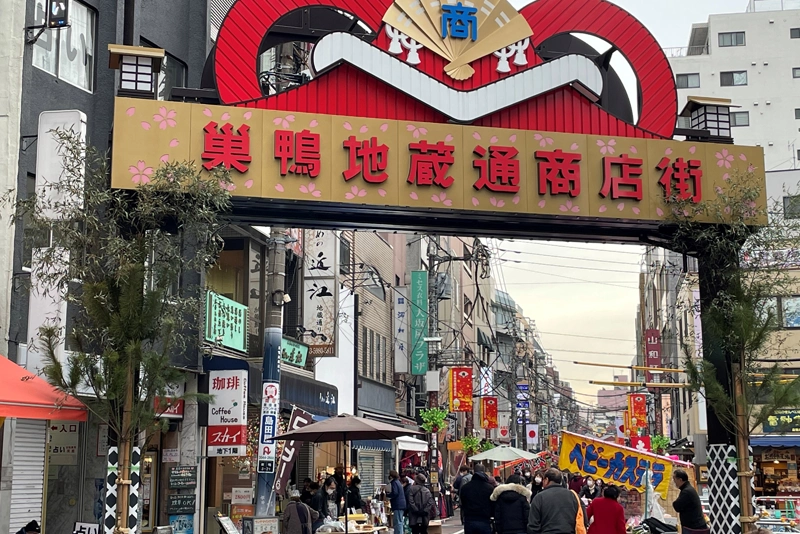
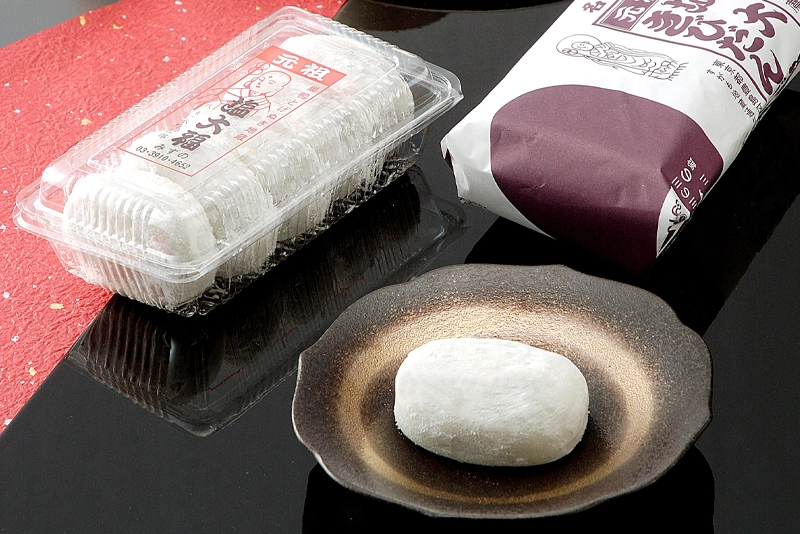 Sugamo is just five minutes from the urban center of Ikebukuro Station on the JR Yamanote Line, but has a laid-back atmosphere with a running streetcar. Affectionately called “Grandma's Harajuku,” the area was a favorite for mostly older people to shop and stroll, but in the past few years it has also attracted attention among young people for its retro vibes.
Sugamo is just five minutes from the urban center of Ikebukuro Station on the JR Yamanote Line, but has a laid-back atmosphere with a running streetcar. Affectionately called “Grandma's Harajuku,” the area was a favorite for mostly older people to shop and stroll, but in the past few years it has also attracted attention among young people for its retro vibes.
The center of the action in Sugamo is Jizo-dori Shopping Street. As anecdotes relate that a seriously ill wife who recovered through faith in Jizo Bosatsu, and a maid at a feudal lord's mansion who accidentally swallowed a needle, which was then miraculously removed through the divine intervention of Jizo Bosatsu, it is now known as “Togenuki (needle removal) Jizoson Koganji Temple.” The legends gave rise to the locale’s fame as a power spot to recover from illness, and today roughly 200 stores, including restaurants and souvenir shops, line the streets all around. One of Sugamo's famous Japanese sweets, shio daifuku, is a chewy dough wrapped around subtly sweet bean paste with a salty accent. These delightfully delicious souvenirs can be bought one by one, also perfect for a snack on your stroll.
Sugamo Jizou-dori Shopping Street
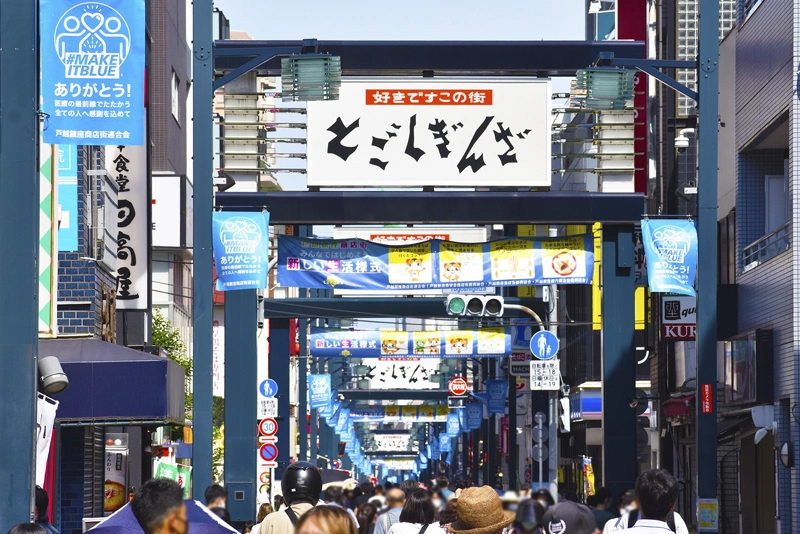
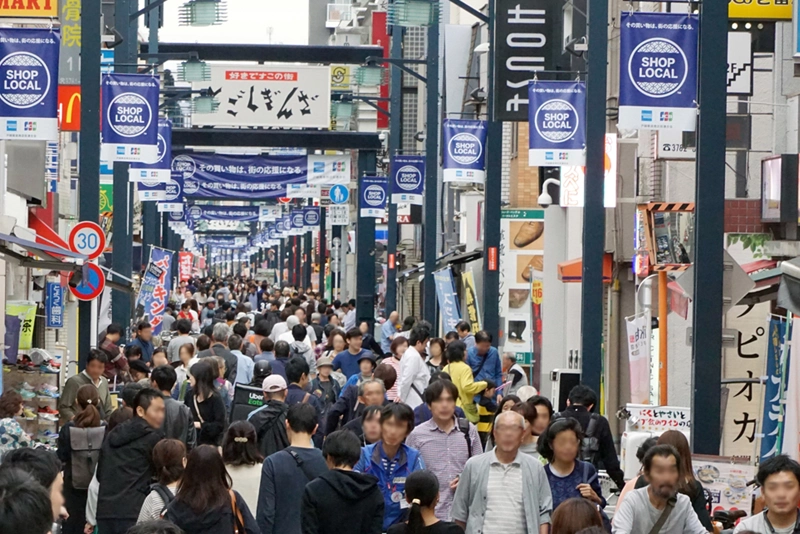
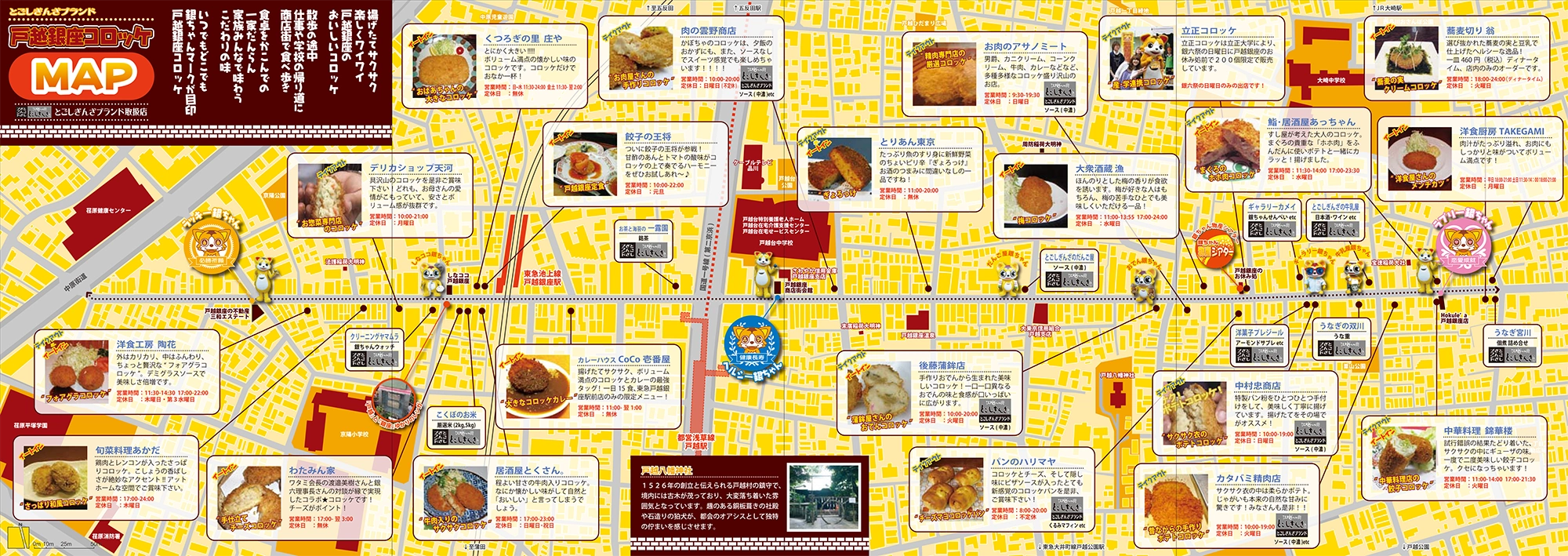 Three train lines, the Tokyu Ikegami, Toei Asakusa, and Tokyu Oimachi lines converge on the Togoshi area known for its old-school charm, emanating from the shopping district. The 1.3 km long “Togoshi Ginza Shotengai” is Tokyo’s longest shotengai (shopping street) with around 400 stores ready to serve all the needs of daily life, including those offering prepared side dishes for household meals, cafes, and public baths. It is said that this historic shopping district is also known as the origin of the naming custom “____ Ginza,’’ now synonymous with Japanese shopping streets.
Even on weekdays, it is believed that over 10,000 people pass through, offering a glimpse of the dynamic daily life of the local community. On weekends, in particular, many tourists come to enjoy local food, and recently, it has become a favorite spot for the pastime of tabe-aruki (snacking while strolling). Among the area’s famous croquettes are endless variations which cover not only standard potato and minced meat croquettes made by meat-seller shops, but also innovative creations such as oden croquettes from oden shops and gyoza croquettes from Chinese restaurants.
Three train lines, the Tokyu Ikegami, Toei Asakusa, and Tokyu Oimachi lines converge on the Togoshi area known for its old-school charm, emanating from the shopping district. The 1.3 km long “Togoshi Ginza Shotengai” is Tokyo’s longest shotengai (shopping street) with around 400 stores ready to serve all the needs of daily life, including those offering prepared side dishes for household meals, cafes, and public baths. It is said that this historic shopping district is also known as the origin of the naming custom “____ Ginza,’’ now synonymous with Japanese shopping streets.
Even on weekdays, it is believed that over 10,000 people pass through, offering a glimpse of the dynamic daily life of the local community. On weekends, in particular, many tourists come to enjoy local food, and recently, it has become a favorite spot for the pastime of tabe-aruki (snacking while strolling). Among the area’s famous croquettes are endless variations which cover not only standard potato and minced meat croquettes made by meat-seller shops, but also innovative creations such as oden croquettes from oden shops and gyoza croquettes from Chinese restaurants.
Togoshi-ginza Shopping Street official website (English can be switched)
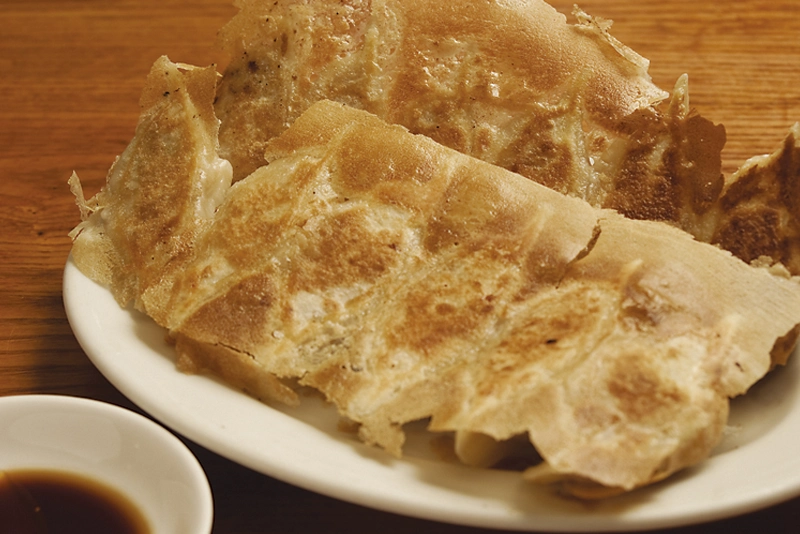
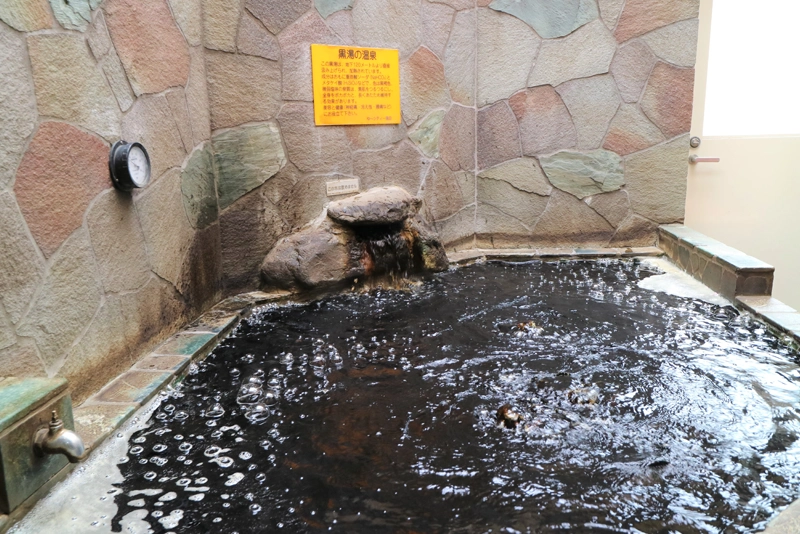
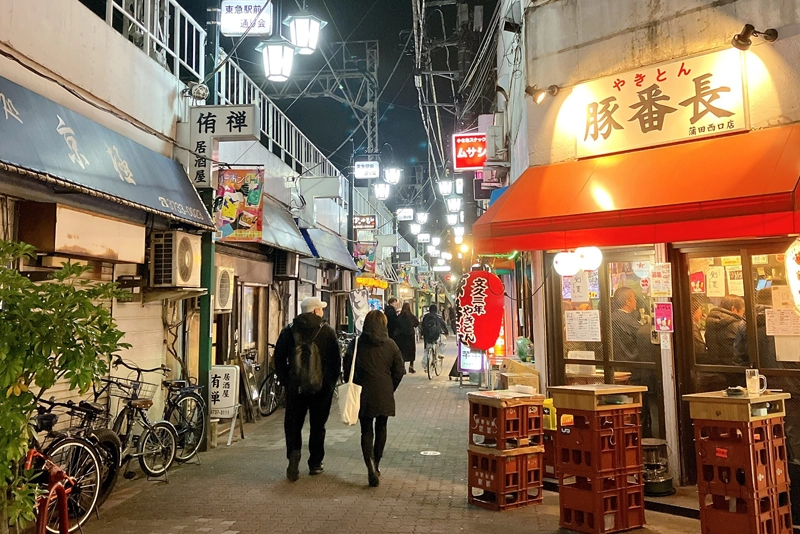
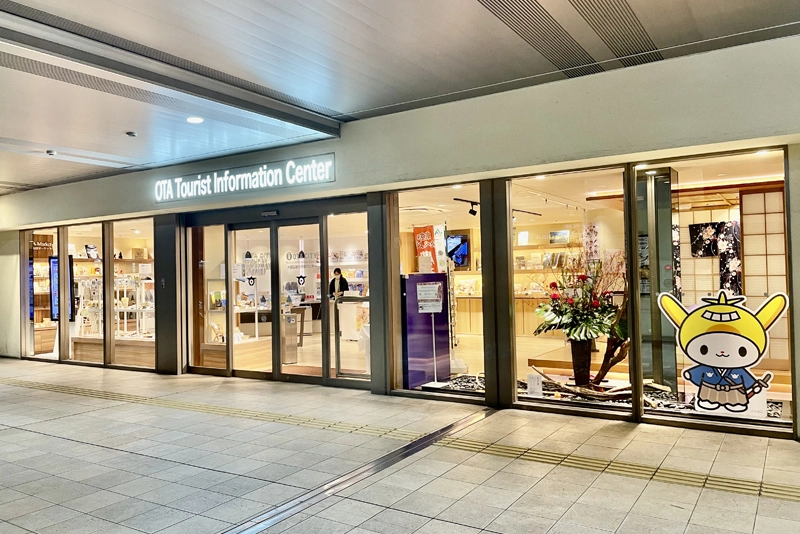 Along with the many small factories in Ota City there are also a lot of shopping streets, whose number is the largest in Tokyo, with shotengai of all sizes around Kamata Station. Easily accessible from Shinagawa and Tokyo, it's a popular place attracting many people in the evening, too. For travelers as well, the proximity to Haneda Airport, the gateway to Tokyo, makes it a tempting detour.
Along with the many small factories in Ota City there are also a lot of shopping streets, whose number is the largest in Tokyo, with shotengai of all sizes around Kamata Station. Easily accessible from Shinagawa and Tokyo, it's a popular place attracting many people in the evening, too. For travelers as well, the proximity to Haneda Airport, the gateway to Tokyo, makes it a tempting detour.
Kamata is known as the birthplace of hanetsuki gyoza, meaning feathered dumplings. The "feathers" are the thin, crispy crusts around the chewy skin of the fried gyoza, a contrasting texture that many find irresistibly addictive. Including “the Big Three” most famous shops, many renowned eateries have congregated here in what is known as a fiercely competitive “restaurant battleground.” Each establishment has its own particular seasonings and techniques for making the feathers, so come join the fray and choose the victor yourself.
This area also features natural hot springs loved by locals. It is said, in particular, that the distinct black spring waters are effective for beautiful skin. In addition, Kamata is home to Ota City Tourist Information Center where visitors can get dining and sightseeing information that are introduced in this article as well as experience kimono wearing free of charge.
Tokyo/Ota Tourism Association Official Website
Shibamata



Near Taishakuten is the mansion and garden called "Yamamoto-tei" built about 100 years ago. Enjoy a cup of matcha in this building designed with a fusion of traditional Japanese and Western architecture, open to the public. Frequently ranked as one of the best gardens by the American magazine of Japanese gardens “Sukiya Living: The Journal of Japanese Gardening,” the sculpted landscape here is sublime.
Katsushika Tourism Association official web site (Japanese site only)
Sugamo




The center of the action in Sugamo is Jizo-dori Shopping Street. As anecdotes relate that a seriously ill wife who recovered through faith in Jizo Bosatsu, and a maid at a feudal lord's mansion who accidentally swallowed a needle, which was then miraculously removed through the divine intervention of Jizo Bosatsu, it is now known as “Togenuki (needle removal) Jizoson Koganji Temple.” The legends gave rise to the locale’s fame as a power spot to recover from illness, and today roughly 200 stores, including restaurants and souvenir shops, line the streets all around. One of Sugamo's famous Japanese sweets, shio daifuku, is a chewy dough wrapped around subtly sweet bean paste with a salty accent. These delightfully delicious souvenirs can be bought one by one, also perfect for a snack on your stroll.
Sugamo Jizou-dori Shopping Street
Togoshi


 Three train lines, the Tokyu Ikegami, Toei Asakusa, and Tokyu Oimachi lines converge on the Togoshi area known for its old-school charm, emanating from the shopping district. The 1.3 km long “Togoshi Ginza Shotengai” is Tokyo’s longest shotengai (shopping street) with around 400 stores ready to serve all the needs of daily life, including those offering prepared side dishes for household meals, cafes, and public baths. It is said that this historic shopping district is also known as the origin of the naming custom “____ Ginza,’’ now synonymous with Japanese shopping streets.
Even on weekdays, it is believed that over 10,000 people pass through, offering a glimpse of the dynamic daily life of the local community. On weekends, in particular, many tourists come to enjoy local food, and recently, it has become a favorite spot for the pastime of tabe-aruki (snacking while strolling). Among the area’s famous croquettes are endless variations which cover not only standard potato and minced meat croquettes made by meat-seller shops, but also innovative creations such as oden croquettes from oden shops and gyoza croquettes from Chinese restaurants.
Three train lines, the Tokyu Ikegami, Toei Asakusa, and Tokyu Oimachi lines converge on the Togoshi area known for its old-school charm, emanating from the shopping district. The 1.3 km long “Togoshi Ginza Shotengai” is Tokyo’s longest shotengai (shopping street) with around 400 stores ready to serve all the needs of daily life, including those offering prepared side dishes for household meals, cafes, and public baths. It is said that this historic shopping district is also known as the origin of the naming custom “____ Ginza,’’ now synonymous with Japanese shopping streets.
Even on weekdays, it is believed that over 10,000 people pass through, offering a glimpse of the dynamic daily life of the local community. On weekends, in particular, many tourists come to enjoy local food, and recently, it has become a favorite spot for the pastime of tabe-aruki (snacking while strolling). Among the area’s famous croquettes are endless variations which cover not only standard potato and minced meat croquettes made by meat-seller shops, but also innovative creations such as oden croquettes from oden shops and gyoza croquettes from Chinese restaurants.Togoshi-ginza Shopping Street official website (English can be switched)
Kamata




Kamata is known as the birthplace of hanetsuki gyoza, meaning feathered dumplings. The "feathers" are the thin, crispy crusts around the chewy skin of the fried gyoza, a contrasting texture that many find irresistibly addictive. Including “the Big Three” most famous shops, many renowned eateries have congregated here in what is known as a fiercely competitive “restaurant battleground.” Each establishment has its own particular seasonings and techniques for making the feathers, so come join the fray and choose the victor yourself.
This area also features natural hot springs loved by locals. It is said, in particular, that the distinct black spring waters are effective for beautiful skin. In addition, Kamata is home to Ota City Tourist Information Center where visitors can get dining and sightseeing information that are introduced in this article as well as experience kimono wearing free of charge.
Tokyo/Ota Tourism Association Official Website
Notice: Information as of March 2024.



